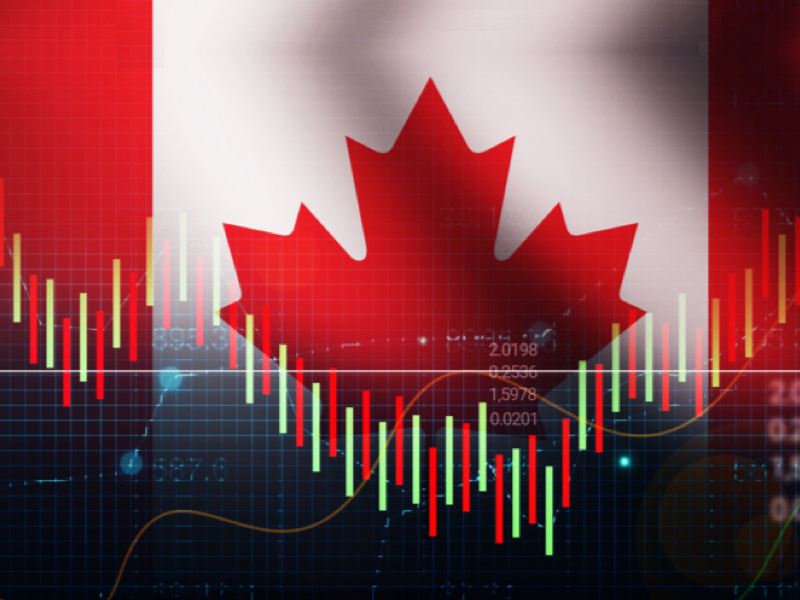
Economists say the Bank of Canada is still on track to cut interest rates next week, despite economic growth coming in stronger than expected in the second quarter.
Statistics Canada’s gross domestic product report on Friday said the economy grew at an annualized rate of 2.1% in the second quarter — beating the Bank of Canada’s forecast.
But real gross domestic product continued to shrink on a per-person basis, marking the fifth consecutive decline. Economists typically look at GDP per capita to assess the standard of living.
The report said growth was supported by higher government spending, business investment in engineering structures as well as machinery and equipment and household spending on services.
Meanwhile, the economy posted declines in exports, residential construction and household spending on goods.
Economic growth halted toward the end of the quarter as the real gross domestic product was essentially unchanged for June. A preliminary estimate suggested the economy remained flat in July as well.
The data comes ahead of the Bank of Canada’s interest rate decision on Wednesday.
“Growth in the Canadian economy was modestly better than expected in Q2, but weak momentum heading into the third quarter gives ample reason for the BoC to continue cutting interest rates,” said CIBC senior economist Andrew Grantham in a client note.
Economists are widely expecting the central bank to lower its key policy rate by a quarter of a percentage point, which would bring it to 4.25%.
Bank of Canada governor Tiff Macklem said at the last interest rate announcement that the central bank was cutting interest rates in part to help the economy bounce back.
Although high interest rates have not pushed the economy into a recession, it continues to lag strong population growth.
Second-quarter growth was also driven in large part by government spending and the third quarter appears to have had a softer start.
“When you look under the surface it really was a quite a weak print for the second quarter, and teed up a lot of weakness, we think, for the third quarter as well,” said Randall Bartlett, senior director of Canadian economics at Desjardins.
“Given the weakness that we’re expecting for real GDP growth in Q3, coming in at roughly half the rate the bank was forecasting, we think it just provides that much more support for the Bank of Canada to continue cutting rates.”
The labour market is also showing signs of economic weakness as the unemployment rate keeps trending higher.
Canada’s unemployment rate was 6.4% in July, with youth and recent immigrants disproportionately affected by the slowing job market.
High interest rates have also put a damper on household spending. With population growth outpacing consumption, per-capita household spending fell by 0.4% in the second quarter.
Meanwhile, the household were saving more in the second quarter as wages continued to increase rapidly.
“It seems like households are scaling back their spending in part because of high inflation and high interest rates, and also in preparation for upcoming mortgage renewals,” Bartlett said.
Despite the slowdown in the job market, wages continue to climb, rising 5.2% in July on an annual basis.
Meanwhile, inflation has slowed significantly, reaching 2.5% that month.